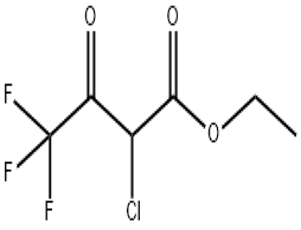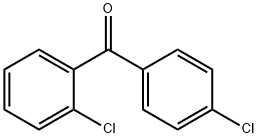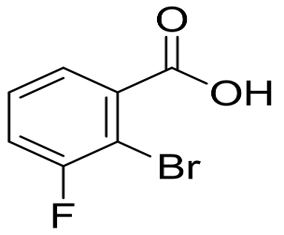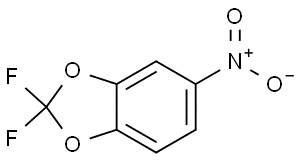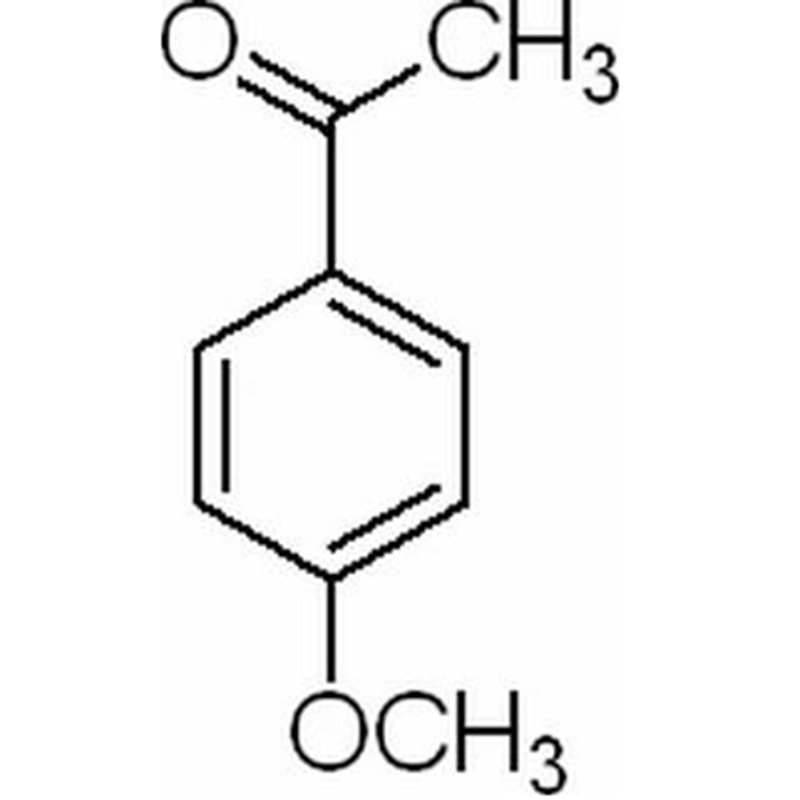Ethyl 2-chloro-4 4 4-trifluoroacetoacetate(CAS# 363-58-6)
| Risk Codes | R34 – Causes burns R36 – Irritating to the eyes |
| Safety Description | S26 – In case of contact with eyes, rinse immediately with plenty of water and seek medical advice. S36/37/39 – Wear suitable protective clothing, gloves and eye/face protection. |
| UN IDs | 3265 |
| Hazard Note | Flammable/Harmful |
| Hazard Class | 8 |
| Packing Group | III |
Introduction
Ethyl 2-choro-3-keto-4, 4,4-trifluorobutyrate is an organic compound with the chemical formula C6H7ClF3O3. The following is an introduction to its nature, use, preparation and safety information:
Nature:
-Appearance: Colorless or light yellow liquid
-Melting point:-60°C
-Boiling Point: 118-120°C
-Density: 1.432 g/mL
-Solubility: Soluble in water and most organic solvents
Use:
- ethyl 2-chroo-3-keto-4, 4,4-trifluorobutyrate is often used as an important reagent in organic synthesis. It can be used to synthesize other compounds, such as drugs, pesticides, dyes, etc.
-It can also be used as an additive for agricultural products antifouling agent, paint and glue.
Preparation Method:
The synthesis of ethyl 2-chloro-3-keto-4,4,4-trifluorobutyrate is usually carried out by the following steps:
1.2-chloro-4, 4,4-trifluoroacetic acid reacts with chloroacetic anhydride to generate 2-chloro-4, 4,4-trifluoroacetyl chloride.
2.2-chloro-4, 4,4-trifluoroacetyl chloride is then reacted with ethyl acetate to produce the final product ethyl 2-chloro-3-keto-4, 4,4-trifluobutyrate.
Safety Information:
-Ethyl 2-chloro-3-keto-4,4,4-trifluorobutyrate is a volatile organic compound that may cause known or potential health hazards.
-When in use should comply with safety procedures, such as wearing protective glasses and gloves.
-Avoid contact with skin and eyes, avoid inhaling its vapor, and maintain good ventilation.
-When storing, pay attention to avoid fire and high temperature, and keep away from fire and flammable materials.
Please note that for the use and handling of chemicals, safe operating procedures should be followed, and the corresponding Material Safety Data Sheet (MSDS) should be carefully read and followed.


